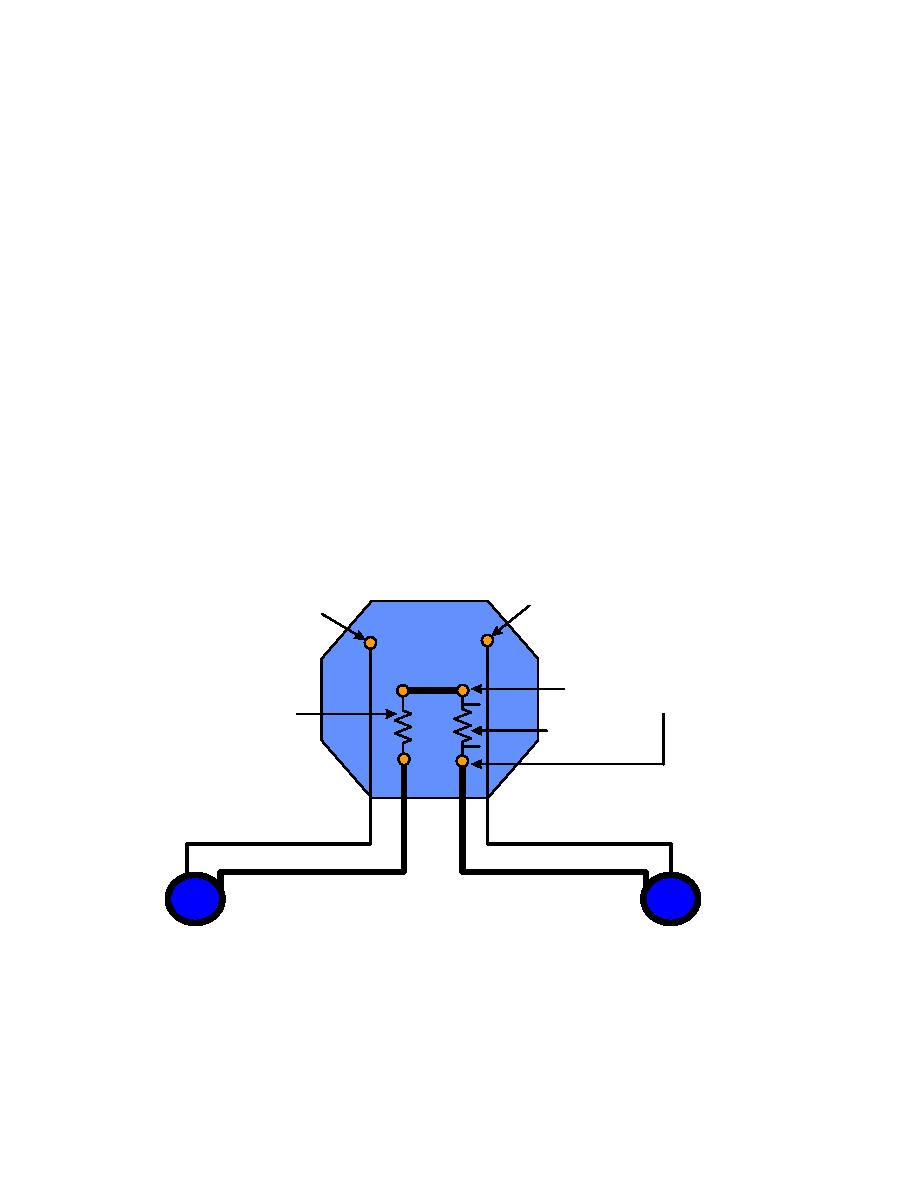
UFC 3-570-06
JANUARY 31 2003
interference currents and the possibility of surges or fault currents. If failure of the resistor
would result in loss of adequate protection to a structure that requires cathodic protection,
the resistance bond would be considered a "critical bond." Critical bonds must be tested
on a recurring schedule of not less than 60 days (paragraph 4-9.1).
5-6.3
of buried structures, both for the prevention of interference and for the proper operation of
cathodic protection systems.
5-6.4
Installing a Sacrificial Anode. In some cases, interference is controlled by
installing a sacrificial anode or anode bed on the foreign structure to raise the potential of
the foreign structure and provide a lower resistance path for discharge current to flow from
the installed anodes instead of the foreign structure. The use of a sacrificial anode to
control interference is shown in Figure 5-6. This method normally works well when the
interference current is fairly low and the foreign structure has a relatively good coating.
This method may be combined with coating the cathode (protected structure) near the
discharge area to lower the interference current.
Figure 5-4. Correction of Interference by Resistive Bonding
Test Station
Measure Protected Structure
Measure Foreign Structure
Potential Here
Potential Here
Measure Anode Current Here
(by mV potential drop)
Resistor
Current Shunt
Protected Structure Leads
Foreign Structure Leads
5-15



 Previous Page
Previous Page
